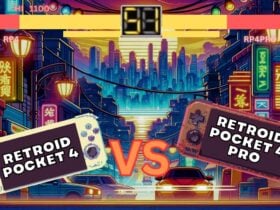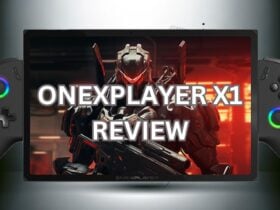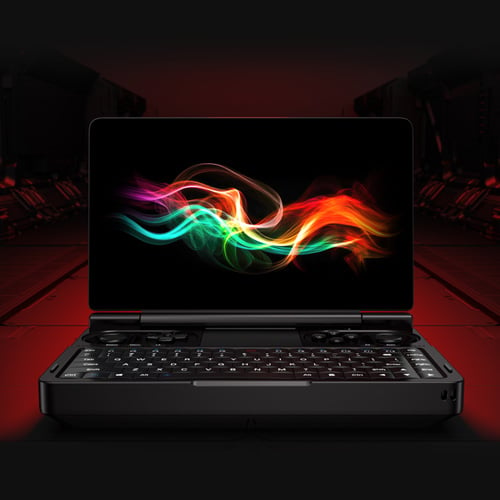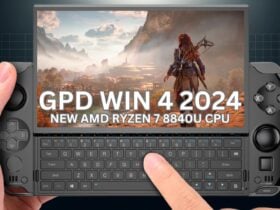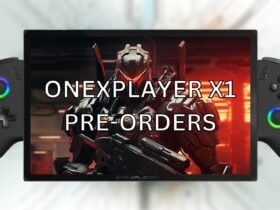Hello! With us at DroiX being busy in the midst of the launch of various handheld gaming consoles over the past few months – from the vertical powerhouse RG351V, to the visually unique GameForce Chi – we thought it would be interesting to take a general look at the history of handheld gaming consoles.
This includes where they have come from, and where they are now. We won’t be covering every handheld, but will be covering the most notable ones.
The Second Generation (~1980’s) – Vintage Handheld Games Consoles
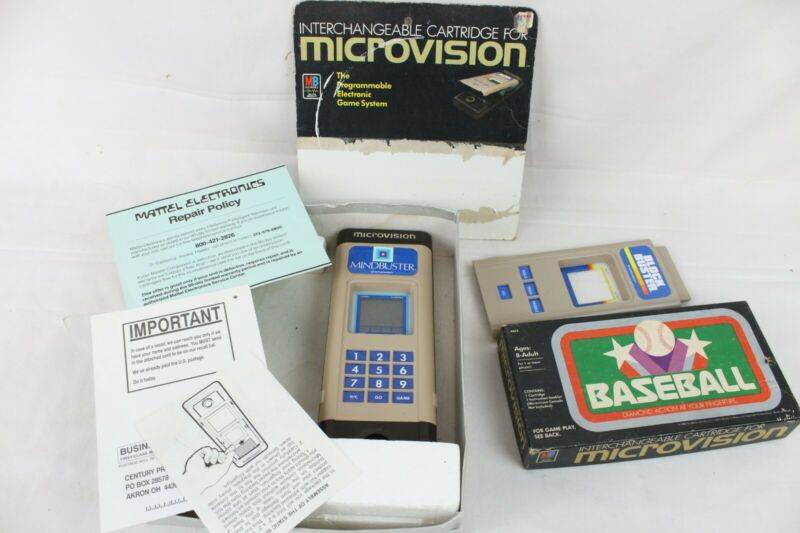
The divide between home and handheld gaming began with the second generation of gaming consoles. This generation began in 1979 with the first handheld game console, the Milton Bradley Microvision.
As well as being the first handheld gaming console, the Microvision also pioneered the concept of “interchangable cartridges”. The user would be able to change the “faceplate”, which contained all of the necessary components to play the game. This includes the physical buttons, and the very processor itself.
The microvision had a short lived lifecycle. Due to numerous hardware issues, it eventually ceased production in 1981, just two years after its release.
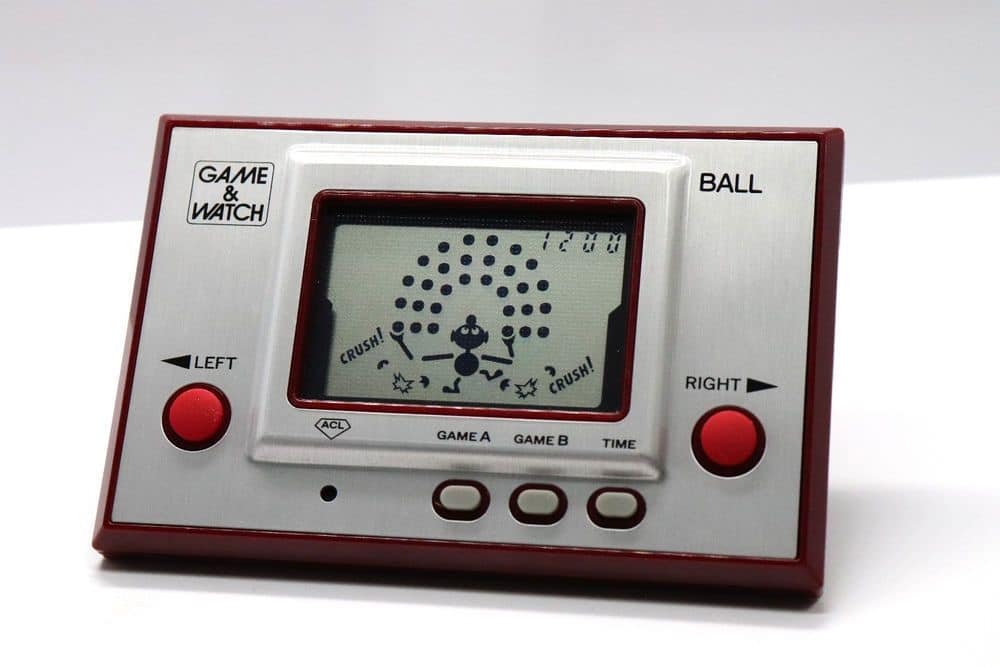
The real superstar of the vintage game consoles is Nintendo’s Game & Watch series of handhelds (not to be confused with Mr Game & Watch).
The Game & Watch family could be considered closer to toys than that of modern gaming consoles. With every game having it’s own unique hardware and design.
The simple yet addictive score-chasing nature of the games allowed the Game & Watch to be very successful for an early gaming handheld.
The Fourth Generation (~1990’s) – Where it REALLY began
The fourth generation of gaming handhelds is widely considered to be where handheld gaming truly hit the mainstream.
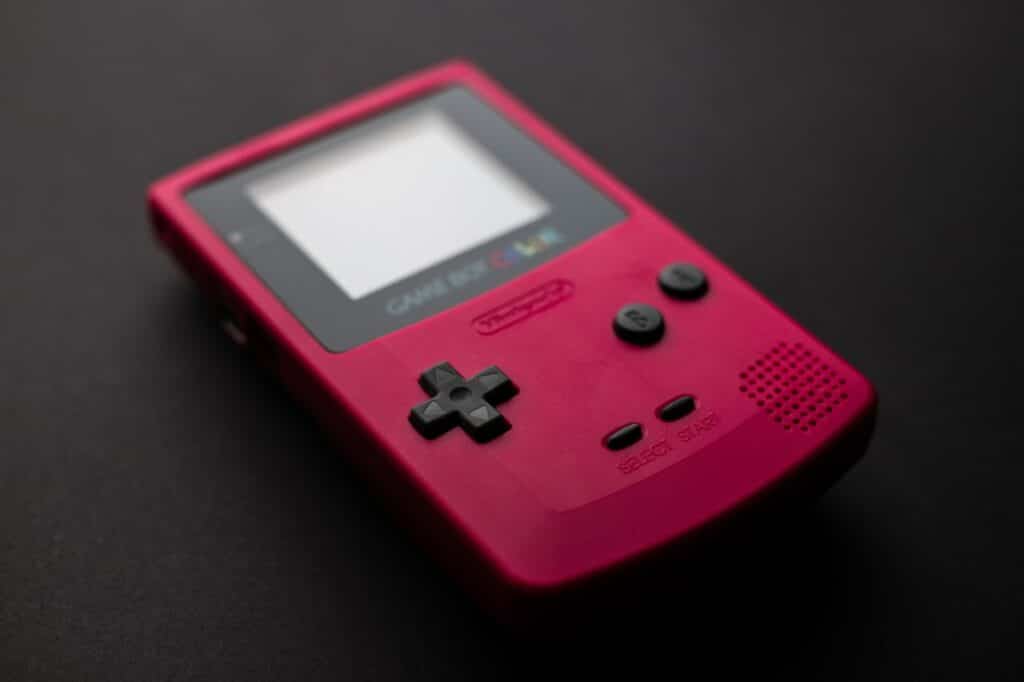
The vanguard of the generation is easily Nintendo’s Game Boy handheld. The Game Boy featured a simple, sturdy design, and a practical implementation of swappable cartridges. This design allowed a razor and blades business model, and encouraged consumers to purchase multiple games.
The game boy would receive a few iterations in the coming years. Such as the Game Boy Pocket, which was a slimmer version that required less batteries, and the Game Boy Colour, which featured a coloured screen (rather than a monochrome one).
It went on to be a commercial success, selling over 118 million units across all iterations over it’s 14 years of life.
Another notable handheld in this generation was the Game Gear. A rival handheld developed by SEGA (who had also been competing with Nintendo in the home console market at the time).
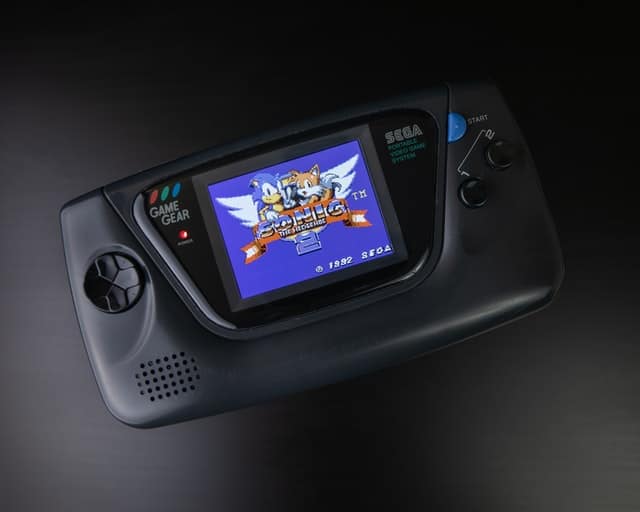
This device was similar to the Sega Master System in performance. The Game Gear was marketed as the “cooler” alternative to the Game Boy. It featured a full colour display, which the Game Boy family would not receive until 1998.
The Game Gear saw modest success thanks to its unique library of games (said games being of questionable quality however), and its price point. Selling approximately 10 million units throughout its 7 year life cycle.
The Sixth Generation (2001) – Yet More Game Boy
The sixth generation of gaming handhelds was dominated by Nintendo yet again, with their immediate successor to the original Game Boy, the Game Boy Advance.
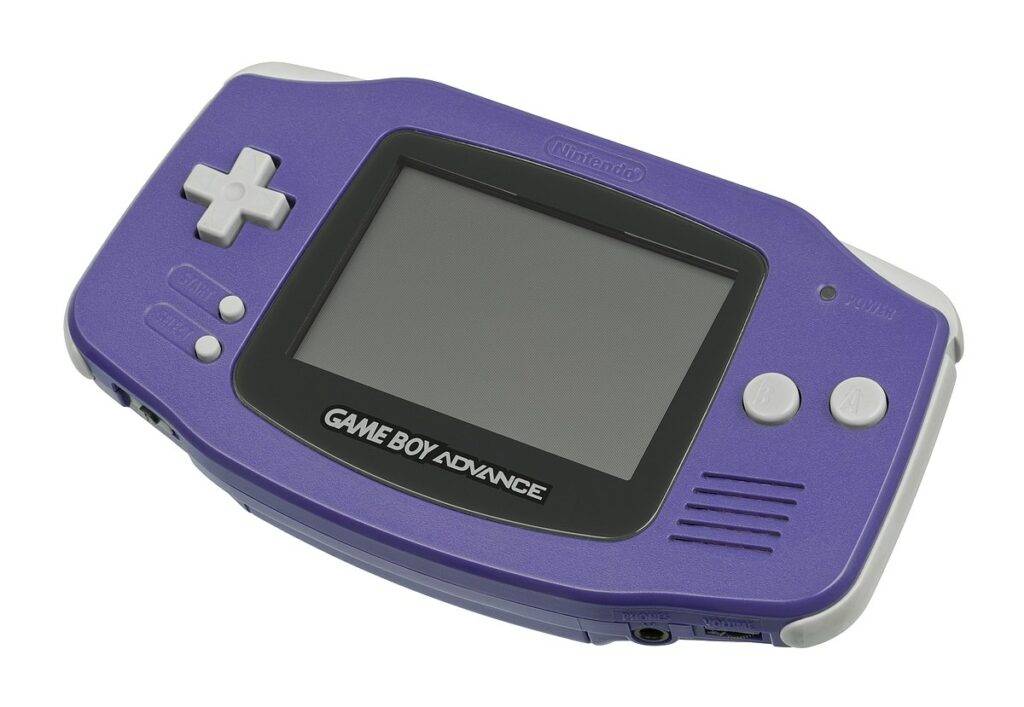
The Game Boy Advance featured increased processing power and a distinct horizontal “bar” shaped design. On top of a more vibrant, detailed screen, and backwards compatibility with Game Boy and Game Boy Colour titles. The Game Boy Advance saw immediate commercial adoption and success in the market.
The Game Boy Advance had two main iterations made. First, the Game Boy Advance SP. This device featured a higher quality screen, and a clamshell design. The second iteration was the Game Boy Micro, a miniaturized version of the Game Boy Advance.
The 7th Generation (2004) – The Golden Years of Handheld Gaming Consoles
The seventh generation of handheld gaming consoles was lead by two main devices
The first of these was Nintendo’s latest handheld at the time – the Nintendo DS. This device featured a dual-screen configuration, with a regular display working in tandem with a touchscreen. The system was also backwards compatible with Game Boy Advance titles, featuring a secondary cartridge slot in the lower half of the unit.

The DS would receive multiple iterations throughout it’s life.
The DS is the best selling gaming handheld of all time, eventually selling over approximately 140 million units across all its iterations.
The second dominant handheld of the era was Sony’s Playstation Portable family. While the Nintendo DS achieved market success by combination of it’s affordable pricing and large, varied catalogue of games. The PSP’s claim to fame was raw power, making it popular among more hardcore gamers.
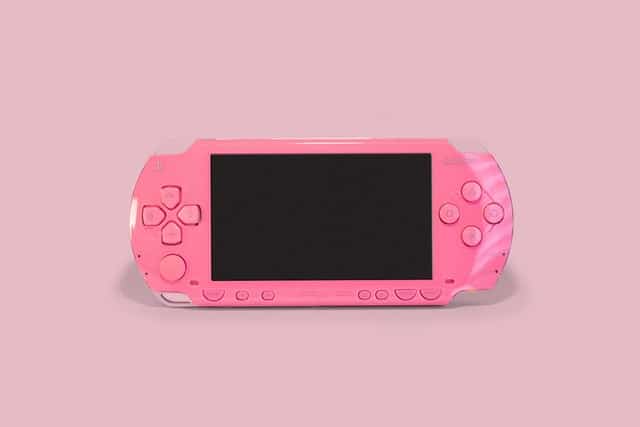
Via use of a proprietary disc format called the “Universal Media Disc”, the PSP was capable of handling games on a much grander scale than its competitors. Supporting full 3D graphics in large vibrant worlds, and full voice acting with ease. The PSP also featured many multimedia functions such as video playback, making it double as a multimedia player.
The PSP would have three main iterations throughout it’s lifecycle, being the PSP-1000, PSP-2000, and PSP-3000 respectively. With each iteration being more streamlined/lightweight in design, and adding new hardware features such as USB charging and a video-out port.
The 8th Generation and beyond (2011) – The End of a Handheld Gaming Console Era
The ruling families of the handheld gaming consoles extended their reach well into the 2010’s with new entries over the years.
The Nintendo 3DS was Nintendo’s clear successor to the Nintendo DS. The device retained it’s familiar dual screen layout and the internal/external cameras of the DSi, but added a new analogue stick and a unique (optional) stereoscopic 3D feature.

Like it’s predecessor, the 3DS also had multiple iterations throughout it’s lifetime.
The other big-name handheld of this era was Sony’s Playstation Vita. Much like it’s predecessor, the PSP Vita was a more powerful handheld than it’s competitors. It improved upon the existing PSP design by adding a touch screen, dual analogue sticks, and more.
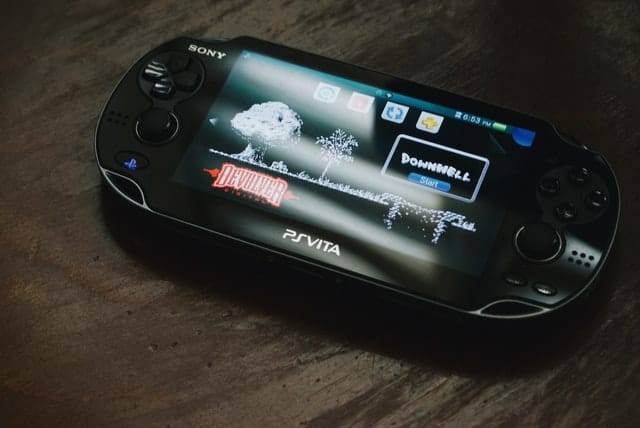
The PSP Vita also abandoned the UMD format in favour of a much more durable and portable flash-memory cartridge-based system.
The Vita was host to many critically acclaimed titles and fostered a passionate, loyal fanbase over the years. However, it suffered from a lack of sales and was considered a commercial failure due to a number of factors.
The third point brings us directly into our next section – the rise of “retro gaming handhelds“.
A Paradigm Shift? – Mobile Gaming and Retro Handhelds
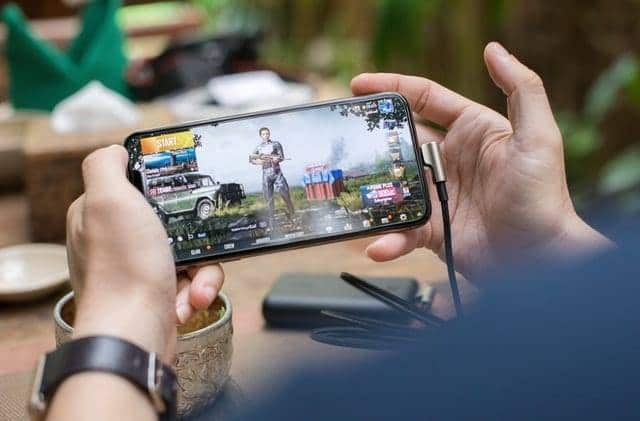
With mobile technology advancing more and more by the day. Higher-fidelity gaming experiences were becoming increasingly attainable on devices that the vast majority of people happened to already own.
This directly resulted in the market for dedicated handheld gaming consoles to shrink drastically in comparison with prior years. The Playstation Vita and the Nintendo 3DS were discontinued in 2019 and 2020 respectively. There has been no further news regarding dedicated handheld devices from either manufacturer.
Instead of big-name devices, and brands, the focus in the scene has instead shifted to emulation. Emulation devices have been present for many years already. They were cheap “500-in-1” handhelds that were loaded with poor quality NES games and hacks. The user experience was not great, to say the least.
It was not until the early 2010’s where handhelds like the Revo K101 would begin to appear and define the basis of retro gaming handheld consoles today. Featuring swappable storage and the ability to freely emulate multiple different platforms.
These handhelds presented a viable alternative to those who did not wish to use their mobile phone for gaming, but still wanted a portable gaming device.
The Rise of Alternative Gaming Handhelds
The retro handheld scene took a back seat and would remain fairly obscure until 2019, when the manufacturer ANBERNIC would release the RG350. The RG350 caught attention due to high quality components (relative to earlier devices in the scene), excellent performance for multiple platforms up to and including the Playstation 1, and an open source operating system encouraging the hobbyist community to develop improvements.
Various android gaming handhelds came to be developed towards the end of the 2010’s. These devices took advantage of already-existing software. Popular examples include the GPD XD Plus, and the Retroid Pocket 2.
The latter half of the decade has also been a surge of demand for premium handheld gaming PC’s. This began with devices such as the GPD Win. The GPD Win 3 and AYA NEO are the two most notable results of this demand today.
What are the best handheld gaming consoles?

This is a difficult question to answer – because it really depends on what exactly you are looking for.
At the moment, the best option would be to browse our selection of handheld gaming consoles. If you find one you like and have any particular questions about it. Please feel free to reach out to us at [email protected], and a member of our team will be happy to answer you. You can also discuss devices on our official forums.

